From the backyard to the capital, a country tells its stories
Some marched against Indigenous dispossession, while others were just thankful to be healthy during pandemic.
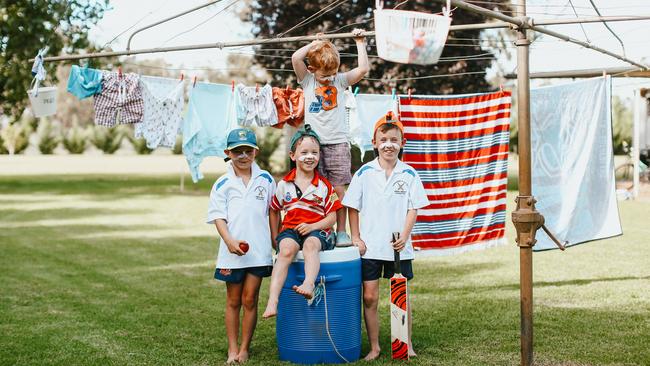
For the Redden family, Australia Day meant backyard cricket with the boys in the morning, a dip in the dam, more cricket and then chops on the barbecue as the blazing summer sun set over the central-west plains of NSW.
“Perfect,” was the verdict of fifth-generation farmer Nick Redden, the master of ceremonies at Kilburnie, their 2500ha property outside Narromine.
He felt lucky as Australians characteristically went their own way to mark the national day, many celebrating at home or on the beach, some marching against Indigenous dispossession, others quietly thankful to be hale and healthy in the teeth of a pandemic.
“You just have to look at what’s going on overseas to appreciate that we are very, very fortunate to live in this country,” he said.
“Here in the bush there is no COVID and our boys are safe. We’ve had rain, people are smiling … everything is on the up. Really, you can’t complain.”
For once there was a bigger shadow hanging over January 26 than the arrival of the First Fleet in 1788 — the coronavirus, our new common denominator.
The large, largely well-behaved Invasion Day demonstrations that wound through the shuttered CBDs of Sydney, Melbourne and Brisbane adhered to COVID-safe rules, the protesters masked and socially distant. Despite some isolated clashes and arrests — with four people reportedly detained in Sydney — police praised the overall behaviour of the crowds.
Scott Morrison, presiding over a flag-raising and citizenship ceremony in Canberra, said there was no escaping that “for better and worse” European colonisation 233 years ago started the journey to modern Australia.

“We are now a nation of more than 25 million stories, all important, all unique and all to be respected,” the Prime Minister said.
“Whether it is the story of our First Nation peoples’ strong, ancient and proud culture and their survival in the face of dispossession and colonisation, or the forsaken souls who came as convicts, not to start a new world, but because they had been banished from the old one. Outcast by empire, they too overcame.
“The settlers and waves of immigrants who have followed seeking a better life for themselves and their families, creating a nation in the process, including the 12,000 people from more than 130 nations who become citizens today.
“These stories do not compete with each other; they simply coexist. They weave together.”
Calling for an end to the polarising debate over whether Australia Day should be renamed or shifted to another date, Anthony Albanese said a January 26 referendum on Indigenous recognition could be the circuit-breaker.
“I think that it’s time to have a debate about how we move forward in a way that truly unites the nation,” the Opposition Leader said. “One that recognises dispossession, one that also recognises that modern Australia has continued to evolve and will continue to evolve into the future.”
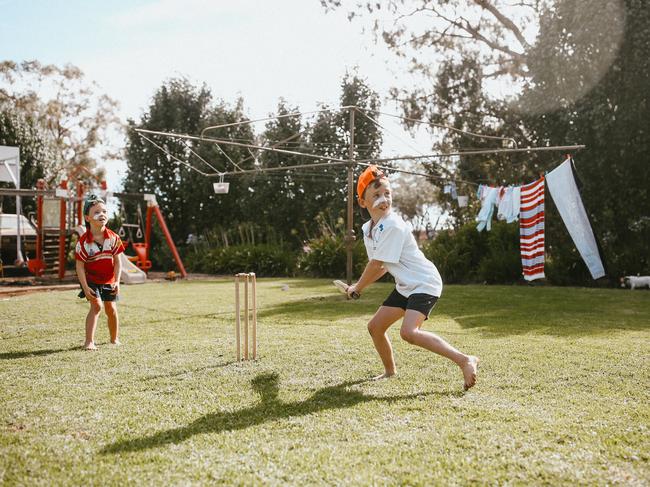
Asked what Australia Day meant to him and his family, Mr Redden, 46, said: “We like to keep things simple and spend the day together.”
He and the boys — Flynn, 9, Henry, 7, Bede, 6, and Sam, 4 — had to settle for backyard cricket after Sydney’s northern beaches outbreak of COVID-19 scuttled their plans to attend the New Year Test between Australia and India.
No matter. For the first time in a long time the paddocks at Kilburnie are lush and green, a treat for the sheep and cattle run on the mixed farm. “It’s a nice change,” Mr Redden said, readying the barbecue for the Australia Day dinner with his wife Susie, 42.
“For the past 12 months, every storm that came over dumped an inch of dirt. Now it drops an inch of rain and you can see the difference in the landscape. It’s fantastic.”
Hot, sunny conditions coast to coast sent crowds flocking to the beach from Cottesloe in Perth to Coogee in Sydney, sweltering in 35C-plus temperatures. A shark sighting off Surfers Paradise dragged swimmers from the water, while elsewhere on Queensland’s Gold Coast lifesavers at Tallebudgera had their hands full with a mass rescue of seven people. All were safely retrieved.
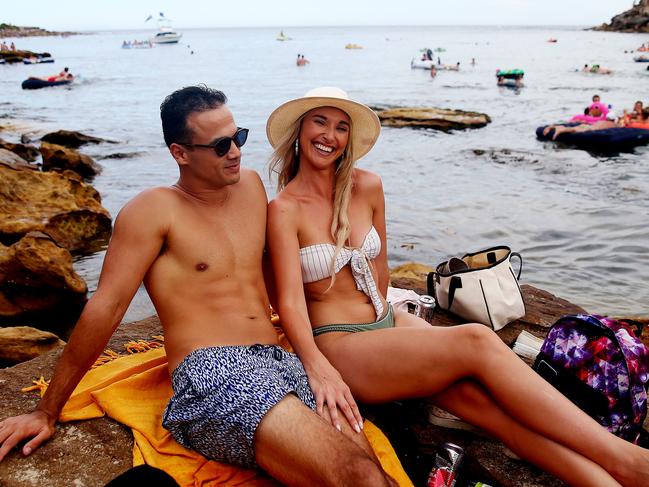
Perched on a rock in Gordons Bay in Sydney, Jen Jones and her partner Philippe were relishing the lingering afternoon sun. This is what Australia Day was about, she said. “I’m Australian, I’m part Aboriginal. A tradition like this has nothing to do with race, it’s a celebration of this sort of lifestyle.” In Melbourne, Premier Daniel Andrews paid tribute to the resolve of the public in getting through the city’s 111-day COVID lockdown last year. “At the worst of times, we find the best in each other, and we find the best in our Victorian community,” he said.
Despite his appeal for Invasion Day protesters to stay home, thousands marched in the CBD, mostly masked and in groups of less than 100 to comply with pandemic restrictions. A man wearing an Australian flag and shirt emblazed with the emblem of notorious US white supremacist group Proud Boys was led away by police.
Later, about 100 people gathered in St Kilda’s Victoria Gardens for a so-called “People’s Australia Day Parade”, some also sporting Proud Boys apparel. After marching through downtown Brisbane with an estimated 5000 Invasion Day protesters, Mahalia Mabo, granddaughter of Indigenous rights campaigner Eddie Mabo, who gave his name to the historic 1992 High Court decision on native title, met family and friends at nearby Musgrave Park.
“It’s an emotional day,” she said. “My grandparents fought tirelessly for recognition for First Nations people. I feel proud when I come out and I see this many people fighting for what’s right.” Her friend, Lana Godfrey, said tearfully: “It is about being proud, and strong and unapologetically black.”
Additional reporting: Mackenzie Scott, Remy Varga


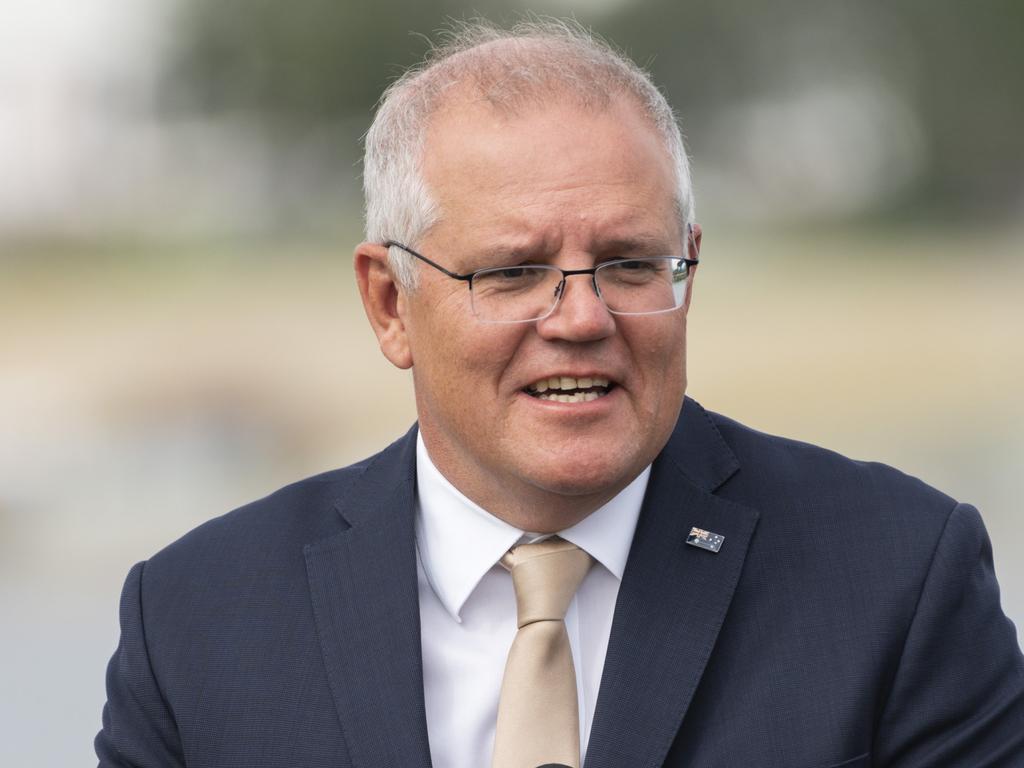
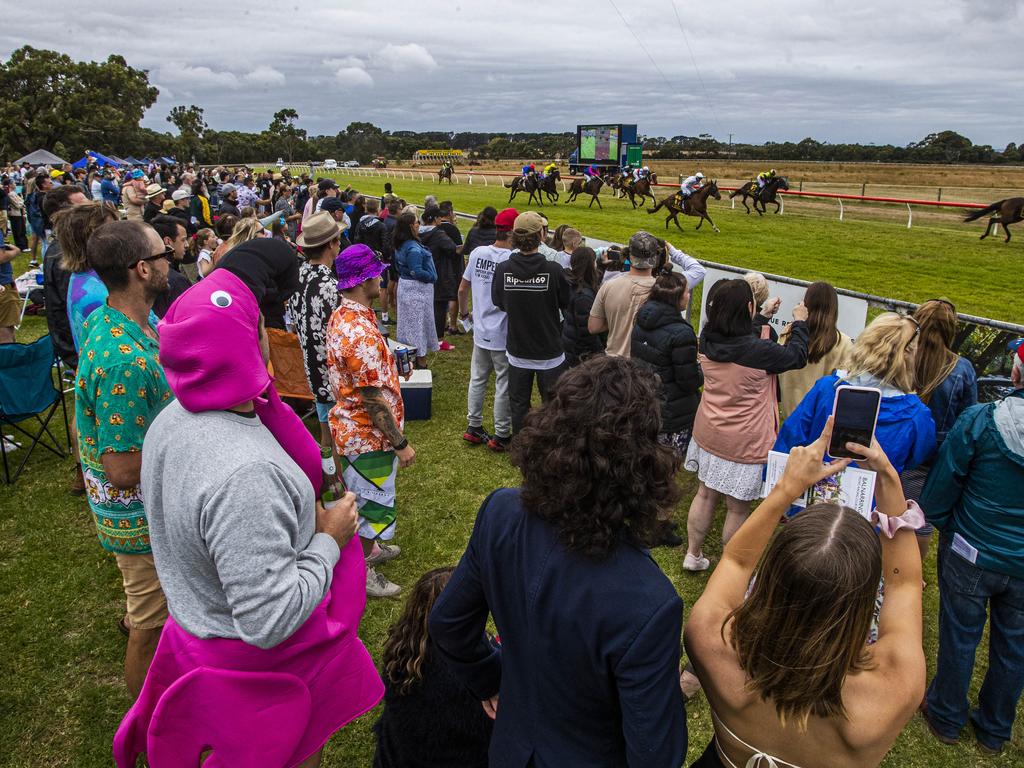
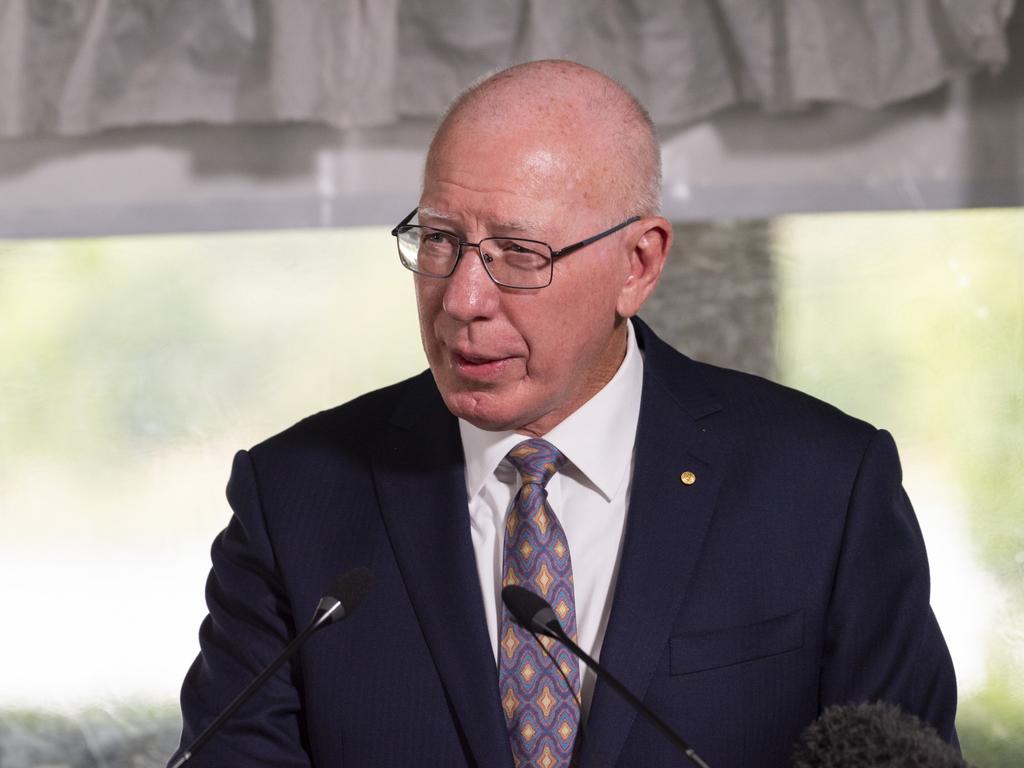

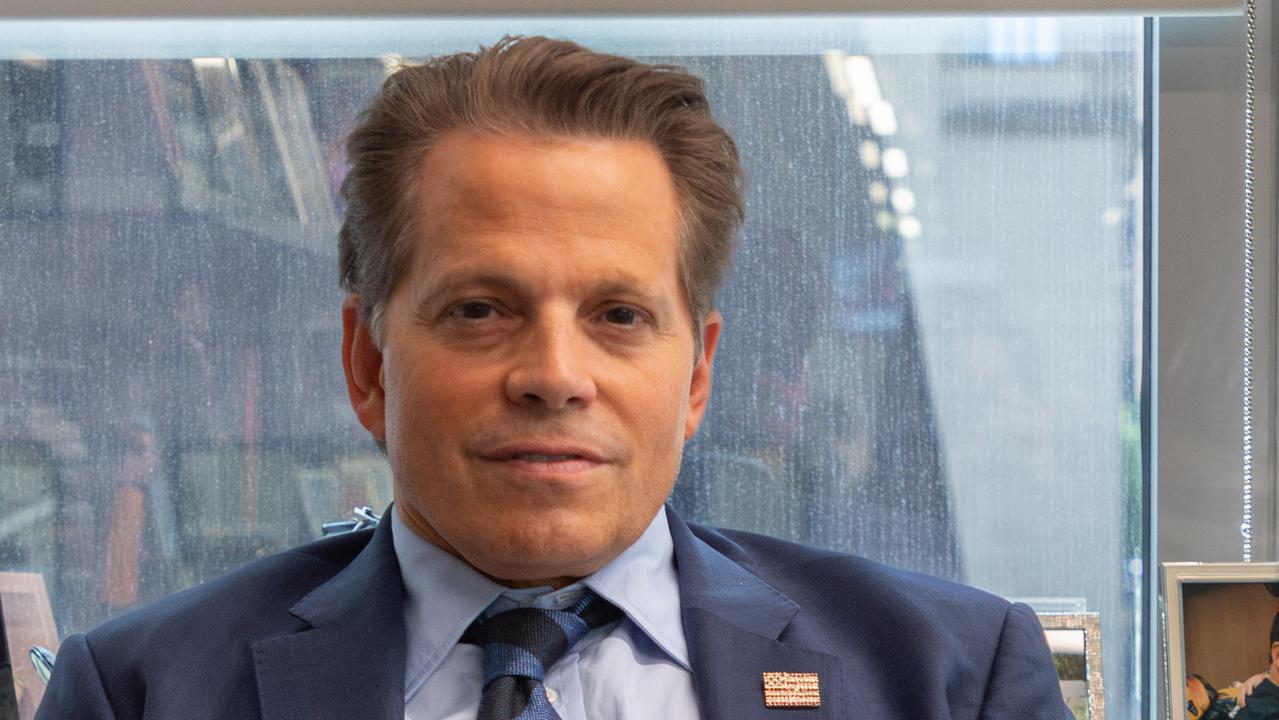
To join the conversation, please log in. Don't have an account? Register
Join the conversation, you are commenting as Logout